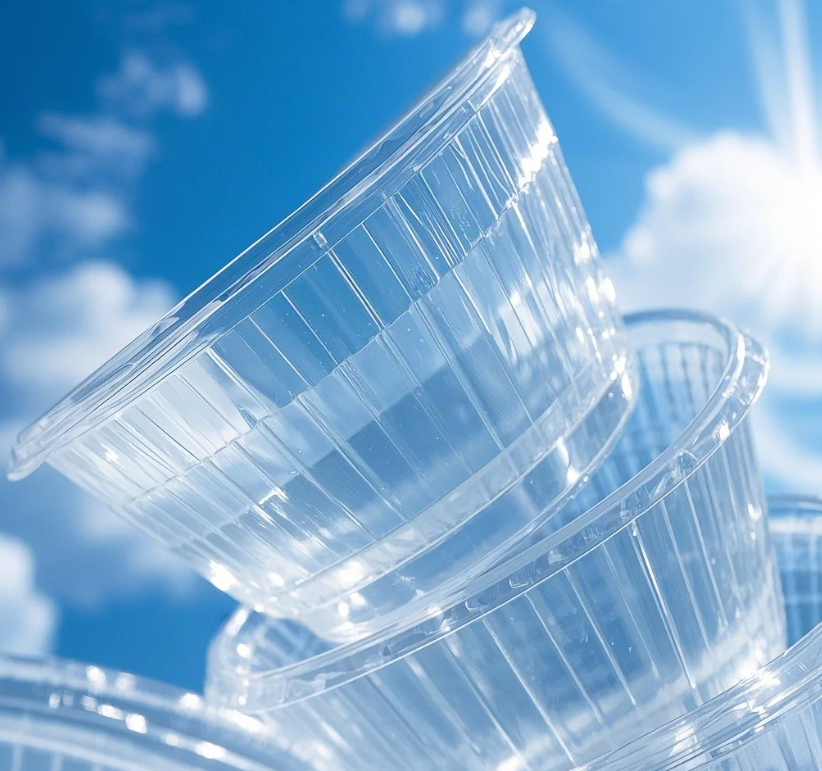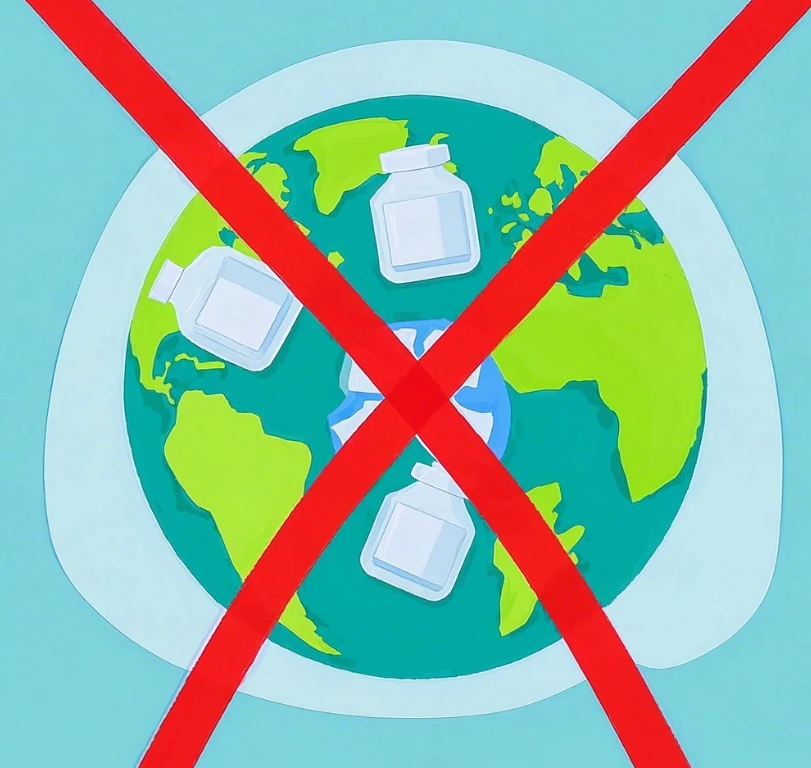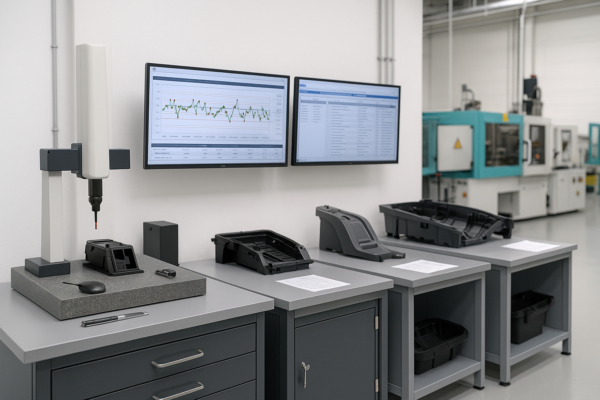What is all single-use plastic

Single-use plastics have become a pervasive part of our daily lives, but their convenience comes at a significant environmental cost. In fact, the excessive use of these plastics is one of the leading contributors to pollution. Understanding what constitutes single-use plastic, the problems it causes, and how to spot it can help us make more informed choices and reduce its impact.
Snippet paragraph: Single-use plastics are designed to be used once and discarded. These products create long-lasting environmental harm due to their inability to biodegrade quickly.
Transition paragraph: In this article, we’ll explore what single-use plastics are, examples of their common usage, the environmental challenges they present, and how to recognize them. Let’s dive into this important topic to understand why it matters so much.
What is considered a single-use plastic?

Single-use plastics are items designed to be used once before being discarded, often to minimize the cost and labor associated with cleaning or recycling. These plastics are commonly made from lightweight, disposable materials that can take hundreds of years to break down in the environment, leading to the growing issue of plastic waste.
Snippet paragraph: Single-use plastics are products that are discarded after a single use, often designed for convenience but resulting in environmental harm due to their longevity in nature.
Characteristics of Single-Use Plastics
The defining characteristic of single-use plastics is that they are not intended for long-term use. Once the item has fulfilled its purpose, it is typically thrown away, either into landfills or directly into the environment. Unlike reusable plastics, single-use plastics are rarely designed with durability or sustainability in mind.
These plastics are often lightweight, flexible, and cheap to produce, making them ideal for companies to mass-produce for everyday items like food packaging, straws, and utensils. However, their convenience comes with serious consequences. Because they are lightweight, they can be easily blown away by the wind, often ending up in the oceans, contributing to marine pollution.
In many cases, single-use plastics are not designed for recycling either. Many are made from mixed materials or treated with chemicals that make them difficult or impossible to recycle efficiently. This means that large quantities of single-use plastics end up in landfills, where they persist for centuries, slowly breaking down into microplastics.
The Widespread Use of Single-Use Plastics
Single-use plastics are everywhere. From the packaging of food products to plastic shopping bags, straws, and even cosmetic packaging, these items have become a staple in consumer culture. While their convenience is undeniable, it’s important to understand the broader environmental impact of their use.
Some key areas where single-use plastics are used include:
- Food and drink packaging: Disposable containers, cups, and lids.
- Straws and cutlery: Often used in fast food chains and restaurants.
- Plastic shopping bags: Used for carrying groceries and other items.
- Personal care products: Bottles of shampoo, conditioner, and soap.
Each of these items is designed for convenience and disposability, but none of them are made to last. This creates a significant waste problem, especially as more people continue to rely on single-use plastics daily.
What are 5 examples of single-use plastics?

Single-use plastics are found in almost every facet of daily life. From the time you wake up to the time you go to bed, you are likely to come across at least one item made from single-use plastic. Below are five common examples that highlight the impact of single-use plastics.
Snippet paragraph: Examples of single-use plastics include plastic straws, water bottles, plastic bags, cutlery, and food containers, all of which contribute significantly to environmental pollution.
1. Plastic Straws
Plastic straws are one of the most infamous examples of single-use plastics. They are commonly found in restaurants, cafes, and fast food establishments. Despite being small and lightweight, plastic straws are used in massive quantities every day. Due to their size and material, they are not recyclable and often end up as litter in oceans and rivers, where they can pose a hazard to marine life.
2. Plastic Water Bottles
Plastic water bottles are used worldwide, with billions being purchased and discarded every year. These bottles are typically made from polyethylene terephthalate (PET), which takes hundreds of years to break down. While many bottles are recyclable, a large percentage still end up in landfills or as litter, adding to the growing plastic pollution problem.
3. Plastic Shopping Bags
Plastic shopping bags are widely used in supermarkets, retail stores, and for carrying various goods. These bags are convenient but incredibly harmful to the environment. They are not biodegradable and often end up in the natural environment, where they can cause harm to wildlife that mistake them for food or become entangled in them.
4. Plastic Cutlery
Plastic cutlery, including forks, knives, spoons, and straws, is commonly used in fast food chains, takeaway restaurants, and food delivery services. These items are often used just once and then thrown away. Given that many of these plastics are made from mixed materials or treated with chemicals, they are not easily recyclable and contribute to landfill waste.
5. Food Containers
Single-use food containers, such as plastic takeout containers, plastic wrap, and clamshell packaging, are commonly used to package food for takeout, delivery, and retail purposes. These containers are typically made from materials such as polystyrene or polypropylene, which are difficult to recycle and take hundreds of years to decompose.
The Lifecycle of Single-Use Plastics
While these products are often discarded after a brief period of use, their lifecycle does not end once they are thrown away. As mentioned earlier, single-use plastics can take hundreds of years to decompose, during which time they break down into smaller particles known as microplastics. These microplastics can enter the food chain, causing harm to both animals and humans.
The Growing Impact of Single-Use Plastics
The amount of single-use plastics produced and discarded each year is staggering. According to estimates, over 300 million tons of plastic are produced annually worldwide, with a large percentage of that being used for single-use products. While efforts to reduce plastic waste through recycling programs and bans on certain items are gaining momentum, much work remains to be done to curb the reliance on single-use plastics and reduce their environmental impact.
What is the problem with single-use plastic?

The widespread use of single-use plastics presents numerous environmental, economic, and health-related issues. While the convenience of disposable plastics is undeniable, the long-term effects are far-reaching. Let’s explore some of the most significant problems caused by single-use plastics.
Snippet paragraph: The problem with single-use plastics lies in their environmental impact, contributing to pollution, harming wildlife, and increasing waste in landfills.
Environmental Pollution
Single-use plastics are one of the primary contributors to global plastic pollution. These items are designed for quick disposal but often end up in our natural environments, including rivers, oceans, and forests. As these plastics break down, they release toxic chemicals into the ecosystem, harming plants, animals, and even the soil. Some plastics, like plastic bags, can take up to 1,000 years to degrade fully.
Harm to Wildlife
The impact of plastic pollution on wildlife is devastating. Many animals, including sea turtles, fish, and birds, mistake plastic debris for food. This ingestion can lead to injury, illness, and often death. Additionally, animals can become entangled in plastic waste, leading to restricted movement, suffocation, or injury.
Non-Biodegradability
Most single-use plastics are made from synthetic polymers that do not biodegrade easily. Unlike organic materials, plastics take hundreds or even thousands of years to break down. During this time, they can leach harmful chemicals into the environment, further contaminating ecosystems and polluting water sources. The persistence of plastic waste in nature is a major challenge in waste management.
Resource Waste
The production of plastic items requires a significant amount of natural resources, including petroleum. Every time a new single-use plastic item is created, valuable resources are consumed, only for that item to be discarded after a brief period of use. This resource inefficiency contributes to the depletion of non-renewable resources, leading to long-term sustainability concerns.
Microplastics in the Food Chain
As plastic waste breaks down into smaller particles, known as microplastics, these particles can enter the food chain. Microplastics have been found in a variety of foods, from seafood to honey, and are even present in tap water. The long-term health effects of consuming microplastics are still being studied, but the potential risks are concerning.
How can you tell if plastic is single-use?

Identifying single-use plastics can sometimes be tricky, especially since many items made from plastic don’t explicitly say they are for one-time use only. However, there are a few key characteristics and tips that can help you identify whether a plastic item is single-use.
Snippet paragraph: To identify single-use plastics, look for packaging that is designed to be used only once, with no intention for reuse or recycling.
Key Signs of Single-Use Plastics
-
Lightweight and Flexible Materials: Single-use plastics are often made from lightweight, flexible materials like polyethylene, polypropylene, or polystyrene. These materials are typically cheap to produce and are used for items like plastic bags, straws, and food containers.
-
Lack of Durability: Unlike reusable plastics, single-use plastics are not built to last. They are often designed to be used for a short period of time and then disposed of. A single-use plastic fork, for example, will bend or break after a single meal, making it unsuitable for reuse.
-
Non-Recyclable Components: Many single-use plastics cannot be recycled due to their design or the materials used. Look for products that are difficult to recycle or lack a recycling symbol. Items like plastic cutlery or food containers made from polystyrene are often non-recyclable.
-
Packaging and Branding: Single-use plastics are often used for packaging food or drinks, such as bottles, bags, and wrappers. Items that come in single-serving sizes, such as pre-packaged salads, snacks, or bottled beverages, are typically single-use plastics.
Simple Steps to Avoid Single-Use Plastics
- Opt for reusable alternatives, such as metal or bamboo straws, glass containers, and cloth shopping bags.
- Check the recycling labels to see if a plastic item is recyclable.
- Educate yourself on the types of plastics that can be recycled and make a conscious effort to choose products that align with sustainability.
Conclusion
Single-use plastics are a growing concern due to their environmental impact, harmful effects on wildlife, and long decomposition times. While they offer convenience, the environmental cost is significant. By understanding what single-use plastics are, recognizing their impact, and making informed choices, we can all contribute to reducing plastic waste and preserving the environment for future generations.
TEMPLATE_END







